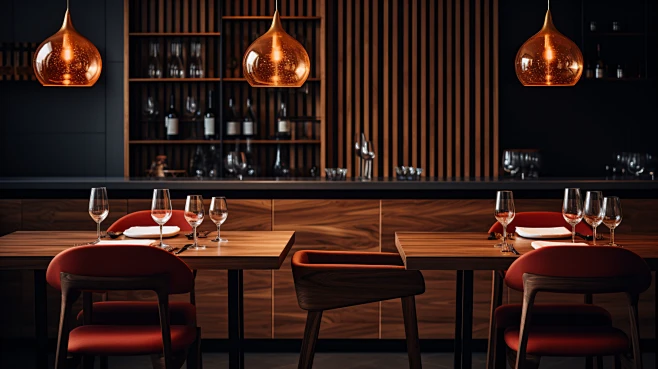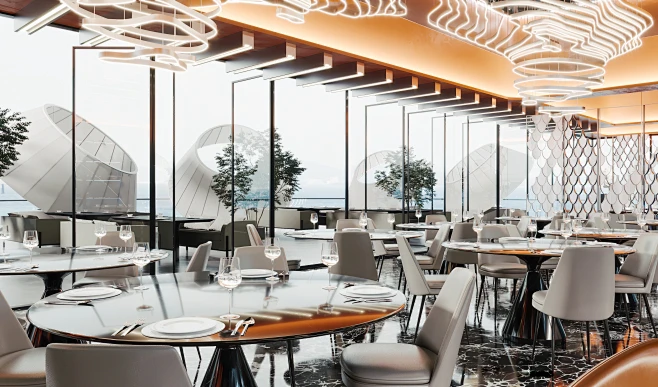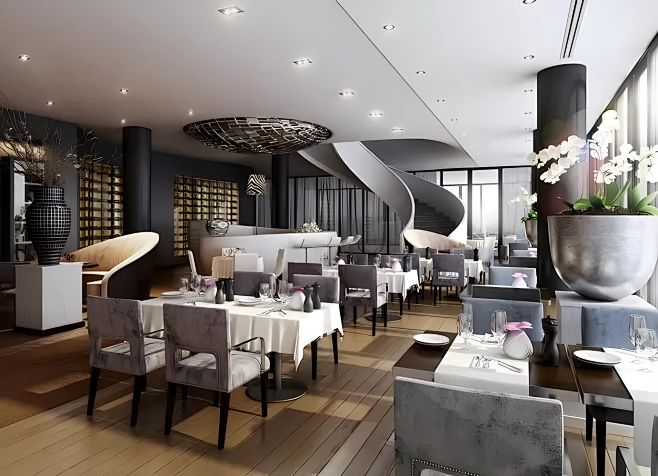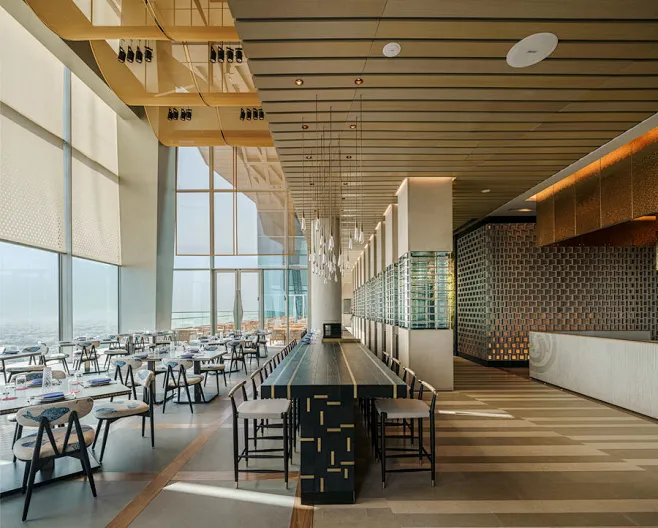


Many friends who run Western restaurants ask us when customizing furniture, “What material is reliable for dining tables and chairs?” Actually, it’s not that complicated, but it must be determined based on your store type, style and customer group — we’ve gained rich experience after doing furniture customization for years!
First, let’s talk about common materials. Solid wood is definitely the “main force” of Western restaurant furniture, and sometimes iron or marble is used for matching. For example, ash wood is the most common material for dining chairs: it has high hardness and beautiful texture, so it won’t deform easily even if customers sit for a long time, especially suitable for Western restaurants with exquisite styles. There’s also a material called white ash wood, which looks very similar to ash wood but is more affordable. It’s a good choice if your budget is limited — however, if you make the same style of furniture, the texture of ash wood is slightly better, after all, you get what you pay for.
Dining tables are different: it’s rare to use ash wood for table tops (too high cost!), so rubber wood or pine is more commonly used. But note: although pine is cheap and often used in fast-food restaurants, it’s not suitable for Western restaurants — it’s soft and easy to scratch, and its visual effect is not exquisite enough to support the tone of Western restaurants.
Here’s a material comparison table for easy understanding:
| Material | Applicable Part | Core Advantage | Note |
| Ash Wood | Dining Chairs | High hardness, beautiful texture | High cost for table tops |
| White Ash Wood | Dining Chairs | High cost-effectiveness, similar to ash wood | Slightly worse texture than ash wood |
| Rubber Wood | Dining Tables | High cost-effectiveness, wear-resistant | Need moisture-proof treatment |
| Pine Wood | Dining Tables (Fast-food) | Low price, easy to process | Not suitable for exquisite Western restaurants |


II. Western Restaurant Furniture Positioning: Don’t Choose Blindly, “Tailor to Needs”!
Choosing the right material is not enough; furniture positioning must follow the restaurant type, otherwise it won’t match even if it looks good. For example:
III. FAQ: 2 Common Questions Answered
Q: Why must we determine the style first before choosing materials for Western restaurant furniture customization?
A: If you choose blindly — for example, matching a café with marble cold-colored furniture — customers will feel “cold” as soon as they enter the door, and how can they be willing to sit for a long time? Reasonable matching can make the atmosphere more harmonious and attract customers to return.
Q: Are there any tips for Western restaurant furniture customization ?
A: furniture market is mature. You can communicate these 3 points with the manufacturer more when customizing: ① First clarify the restaurant type (café/hot pot restaurant, etc.); ② Clearly state the customer group’s consumption level (e.g., high-end customers are suitable for ash wood, mid-end for white ash wood); ③ Plan the space layout in advance (e.g., small stores are suitable for booths to save space).

Stability Testing Beyond visual checks, conduct physica […]
When you walk into an upscale restaurant and see beauti […]
If you own a restaurant, you know the truth. Furniture […]
Boss Li, who just opened a Korean army hotpot restauran […]